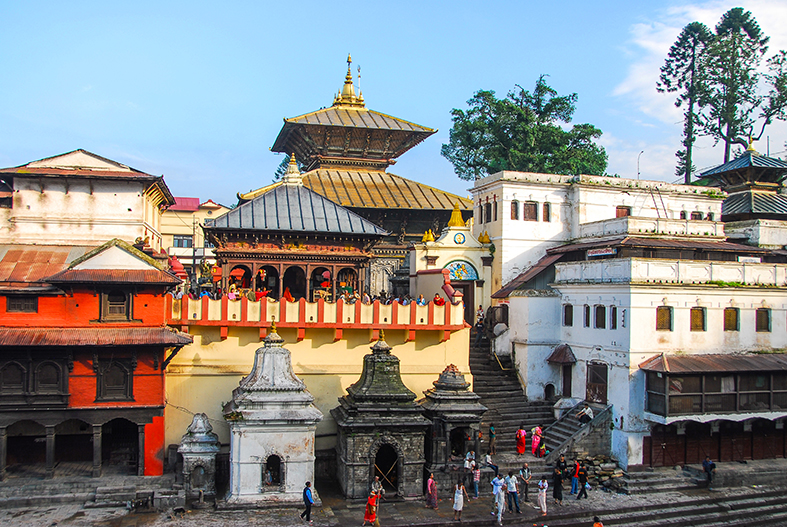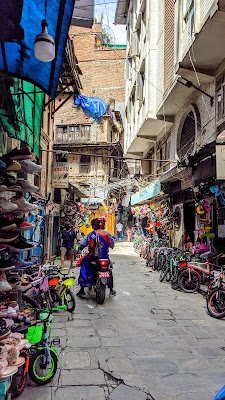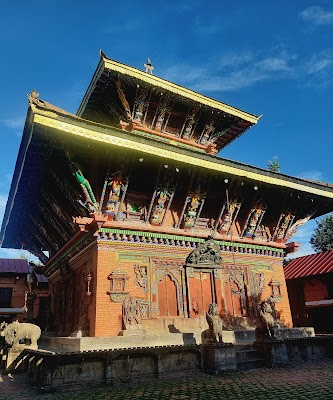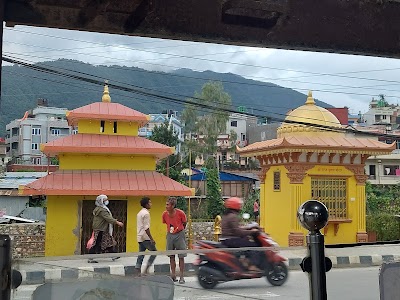Pashupatinath Temple (पशुपतिनाथ मन्दिर)
Overview
Pashupatinath Temple: A Sacred Haven
Pashupatinath Temple, a revered Hindu sanctuary dedicated to Lord Shiva, is nestled on the banks of the Bagmati River in eastern Kathmandu, Nepal. This temple complex is imbued with profound history, rich culture, and deep spirituality, making it one of the foremost pilgrimage destinations for Hindus around the globe.
Mythical Origins
The origins of Pashupatinath Temple are steeped in legend, tracing back to ancient times. It is said that Lord Shiva and Parvati once transformed into antelopes and roamed the forests bordering the Bagmati River. When the gods discovered their existence and sought to reclaim them, Shiva expressed his desire to remain in his animal form. Eventually convinced to return, he left behind a lingam, a symbolic representation of Shiva, at the site. This lingam, believed to be the first manifestation of Pashupatinath, was reportedly discovered by a herder when one of his cows began to shower the ground with milk. Digging at the location revealed the sacred lingam, leading to the construction of the initial temple.
A Rich Historical Tapestry
Historical records suggest that a temple structure was erected at this site as early as the 5th century. However, the original temple has faced destruction and reconstruction multiple times due to natural disasters and invasions. The current main temple, built in the 17th century by King Bhupatindra Malla, is a stunning example of Nepalese pagoda-style architecture, adorned with intricately carved wooden beams and a gilded two-level roof. The silver-coated doors further enhance its grandeur.
Exploring the Temple Complex
The Pashupatinath Temple complex stretches along both banks of the Bagmati River and encompasses numerous smaller temples, shrines, and ashrams. Notable structures include the Vasuki Nath Temple, Unmatta Bhairav Temple, Budhanilkantha shrine, and Guhyeshwari Temple. The complex also features a vibrant market where visitors can purchase religious items, local crafts, and souvenirs.
Spiritual Practices and Festivals
Daily sacred rituals and ceremonies are performed at Pashupatinath Temple, with the most significant celebration being Maha Shivaratri. This festival draws hundreds of thousands of devotees from Nepal and India, transforming the temple complex into a bustling hub of activity as pilgrims, sadhus (holy men), and visitors gather to offer prayers, chant hymns, and illuminate oil lamps.
Visiting Guidelines
While non-Hindus are not allowed inside the main temple, they can enjoy views of the temple and its surroundings from the terraces across the Bagmati River. Additionally, the temple is known for its open-air cremation ghats along the riverbanks, where bodies are brought for final rites in accordance with Hindu customs.
Enduring Resilience
The Pashupatinath Temple has not been without its challenges, notably the damage it sustained during the devastating earthquake in 2015. Extensive restoration efforts, supported by UNESCO and various international and local agencies, have been undertaken to preserve this cultural treasure for future generations.
A Symbol of Spiritual Legacy
Today, Pashupatinath Temple stands as a testament to the unwavering devotion of Hindus and a symbol of Nepal's architectural and spiritual heritage. Each year, millions of pilgrims and tourists are drawn to its serene atmosphere, historical significance, and the promise of spiritual rejuvenation, making it a must-visit destination in Kathmandu.









